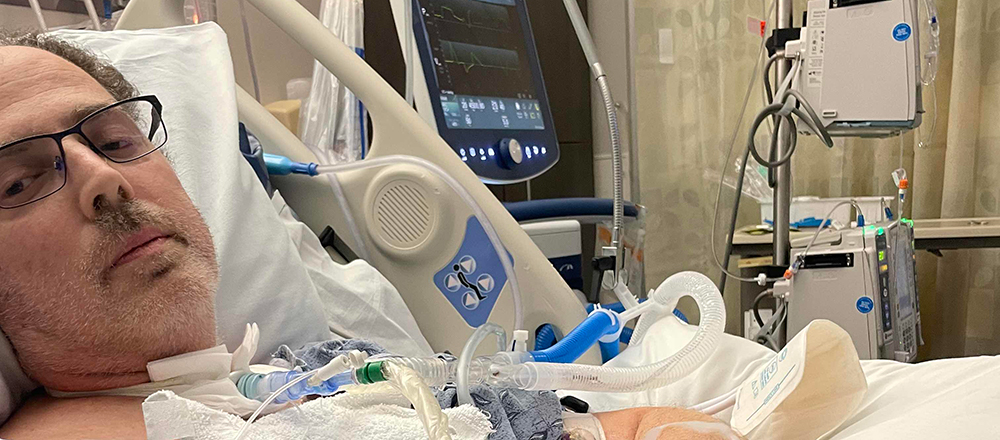
Every 40 seconds, someone in the U.S. experiences a stroke. While strokes can be unpredictable and life-changing, there is an early warning sign that could potentially prevent a serious stroke in the future – a transient ischemic attack (TIA). A TIA, often referred to as a “mini stroke,” is caused by a temporary lack of blood in part of the brain, typically due to a blood clot. About 240,000 people in the U.S. experience a TIA every year, and nearly one in five people who have a suspected TIA will have a stroke within 90 days. That’s why it’s important to learn the warning signs and risk factors of a “mini stroke” so you can take action to reduce the risk of a stroke in the future.
Signs and Symptoms
The signs and symptoms of a TIA are similar to a stroke, making them hard to differentiate without the proper scans and tests. Symptoms can occur suddenly and may include:
- Balance issues
- Confusion
- Dizziness
- Numbness or weakness on one side of the body
- Severe headache with no apparent cause
- Slurred speech
Symptoms often go away within an hour and don’t leave permanent brain damage or lasting neurological problems. However, a TIA is still serious and someone experiencing one should seek medical attention right away. If you or someone around you begins experiencing signs of a TIA, call 911.
Risks of a TIA
Many believe that strokes typically only affect older adults, but research has shown that all age groups, genders and ethnicities can experience one. The most common risk factors for experiencing a TIA include:
- High blood pressure
- Type 2 diabetes
- Tobacco use, especially smoking and vaping
- Heart or artery disease
- History of stroke or TIA
High blood pressure, or hypertension, is the most important risk factor for TIA and strokes, which is one of the many reasons managing blood pressure is so crucial.
Don’t Wait, Seek Help
If someone experiences a “mini stroke,” it’s important that they seek help as soon as possible to significantly reduce their risk of a stroke in the future. Imaging scans, like an MRI, of the brain and blood vessels immediately after a TIA can help the patient and their providers figure out the cause of it and what treatment plan may help reduce their stroke risk. If you or someone you know is at risk of TIA or stroke, talk to your doctor to learn more about the signs and symptoms to look out for and how to reduce your risk.



